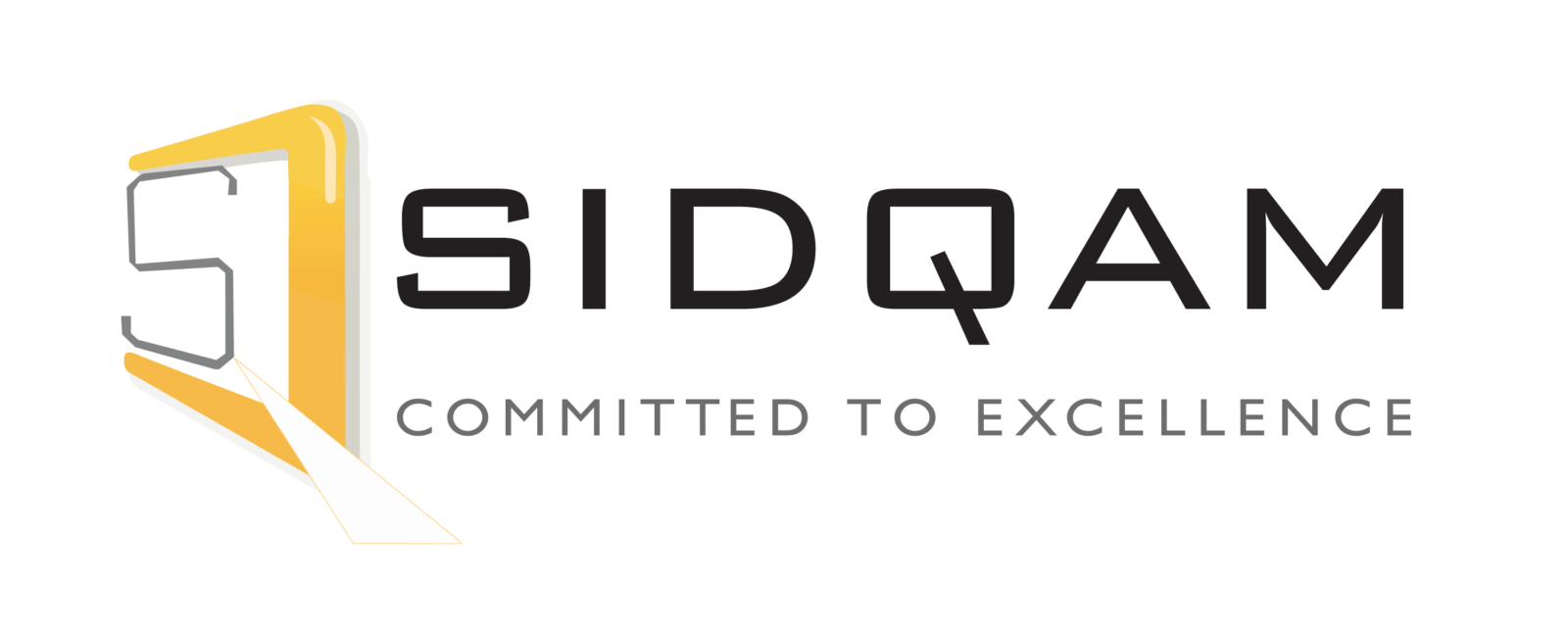Introduction
Within the dynamic realm of healthcare, the timely identification and response to shifts in a patient’s condition are of paramount importance for ensuring their safety and well-being. To meet this imperative need, the RESTORE2 (Recognise Early Soft-Signs, Take Observations, Respond Effectively) tool has emerged as a transformative force. This innovative system is revolutionising patient care by equipping healthcare professionals with the means to detect signs of deterioration in patients and respond promptly, ultimately saving lives. In this blog, we will explore the significance of RESTORE2 and how it is elevating patient safety across diverse healthcare settings.
The Essence of RESTORE2
RESTORE2 represents an early warning and response system meticulously designed to bridge the gap between routine observations and the identification of potential patient deterioration. It is particularly adept at addressing patients who may face challenges in expressing their discomfort or changes in their condition due to factors such as age, cognitive impairments, or language barriers.
The Core Components
RESTORE2 rests on three foundational components:
- Recognise Early Soft-Signs: Soft signs, also referred to as subtle or non-specific indicators, can serve as early hints of a patient’s declining condition. These signs might encompass alterations in behaviour, heightened confusion, changes in vital signs, or challenges in performing daily tasks. RESTORE2 educates healthcare providers on the significance of discerning these understated cues.
- Take Observations: RESTORE2 underscores the vital importance of conducting regular observations of patients’ crucial signs, which encompass heart rate, blood pressure, respiratory rate, and temperature. The consistent monitoring of these parameters facilitates the identification of deviations from the baseline, which might signify underlying issues.
- Respond Effectively: When indications of deterioration emerge, the subsequent pivotal step is to respond with precision. RESTORE2 provides lucid guidance on the requisite actions to be taken based on the observed changes. This might entail notifying a higher level of care, conducting further assessments, or recalibrating treatment plans.
Benefits of RESTORE2
- Early Detection: By heightening healthcare providers’ awareness of early soft-signs, RESTORE2 empowers the timely identification of patient deterioration. This translates into initiating interventions prior to the escalation of the condition, thereby elevating patient outcomes.
- Enhanced Communication: RESTORE2 fosters improved communication among healthcare teams. Nurses, physicians, and auxiliary staff collaborate more seamlessly to cater to the evolving needs of patients.
- Patient-Centred Care: With its focus on customised responses, RESTORE2 ensures that patients receive appropriate care aligned with their unique conditions and requisites.
- Reduced Adverse Events: Prompt intervention aids in averting adverse events like cardiac arrests or severe complications, leading to reduced hospital stays and associated costs.
- Training and Education: RESTORE2 equips healthcare professionals with the training and tools essential to confidently assess patients and make well-informed decisions.
Conclusion
In an era where patient safety and care quality reign supreme, tools like RESTORE2 emerge as pivotal agents of transformation within healthcare practices. By championing early recognition, consistent observation, and effective responses to fluctuations in patient conditions, RESTORE2 empowers healthcare professionals to make informed determinations, ultimately safeguarding lives. As the healthcare landscape evolves, embracing pioneering solutions like RESTORE2 will be instrumental in ushering in safer and more efficient patient care.
If you’d like to learn more about our virtual ward and care home software solutions, please book a call with our team


Recent Comments